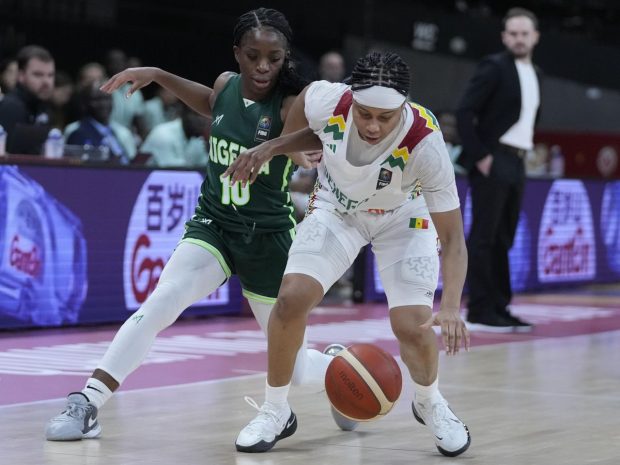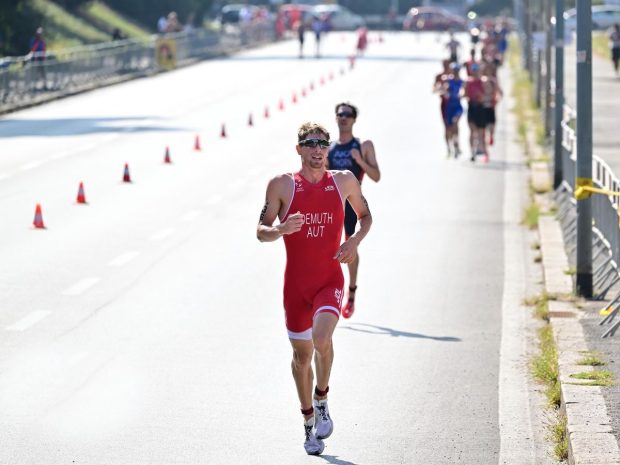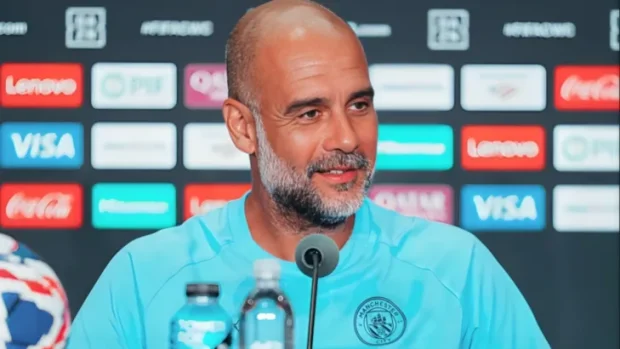
The Indiana Fever (6-6) face a new challenge this Sunday as they go up against the Las Vegas Aces, following a tough 88-77 loss to the Golden State Valkyries (6-6) on Thursday in San Francisco. But beyond the final score, the headline-grabbing story was the home team’s effective defensive plan to contain Caitlin Clark.
Cunningham dances while appearing unconcerned about the fine imposed by the WNBA after her fight
The WNBA’s rookie sensation was limited to just 11 points, shooting only 3-for-14 from the field and missing all seven of her three-point attempts-something that has happened only twice in her young professional career. From the opening quarter, Clark was smothered by Tiffany Hayes, with support from Kayla Thornton and Veronica Burton, who executed a disciplined and collective defensive system.
It marked Clark’s second-lowest scoring performance of the season, matching her 11-point outing against the Atlanta Dream on May 22. The difference this time? The Valkyries-an expansion franchise-managed to do what only the league’s top-tier teams had done before: virtually erase a player known for dominating from mid and long range.
Pressure, contact, and anticipation
Much of the credit goes to Natalie Nakase, the Valkyries’ head coach, who crafted a precise tactical plan to slow down Clark. With prior experience as an assistant for both the Las Vegas Aces and the NBA and G-League’s Clippers, Nakase’s transition into a leading role is already proving to come with a sharp strategic vision.
“We knew Clark is a three-level scorer, and you can’t give her even half a second of space,” Tiffany Hayes told the San Francisco Chronicle. “The key was not letting her find rhythm and cutting off all her paths to the basket.”
Nakase explained that the focus was to extend the defense higher up the court, forcing Clark to go to her weaker side.
“She shoots from the logo like they’re layups. We had to make her uncomfortable from the start, push her left, and keep her out of her comfort zone,” she said.
Clark struggles to find her rhythm
Despite the low scoring, Clark showed her ability to adapt by dishing out nine assists-proof that she read the defense well and tried to get her teammates involved. Still, it wasn’t enough to shift the game’s momentum.
Nakase’s scheme also relied on physical contact and constant pressure, two elements that seem to impact Clark’s game, especially when she’s forced into off-balance, quick decisions. “We know she doesn’t love the physical play. She wants that step-back to the left that she used so much at Iowa,” the coach added.
Golden State Valkyries head coach Natalie Nakase shouts instructions to the players during the first half of a WNBA basketball game against the Phoenix Mercury
While other franchises have attempted similar tactics, none had achieved this level of execution. The difference may lie in the talent and veteran experience of Tiffany Hayes, a defensive standout many teams simply don’t have.
Will this become the WNBA’s new defensive standard?
Golden State’s performance could set a new benchmark for how to guard Clark, who remains one of the most heavily-scouted players in the league.
For Indiana, this loss offers a clear lesson: as Clark’s stardom continues to rise, so will the complexity and intensity of defensive strategies designed to stop her.
This news was originally published on this post .











Be the first to leave a comment